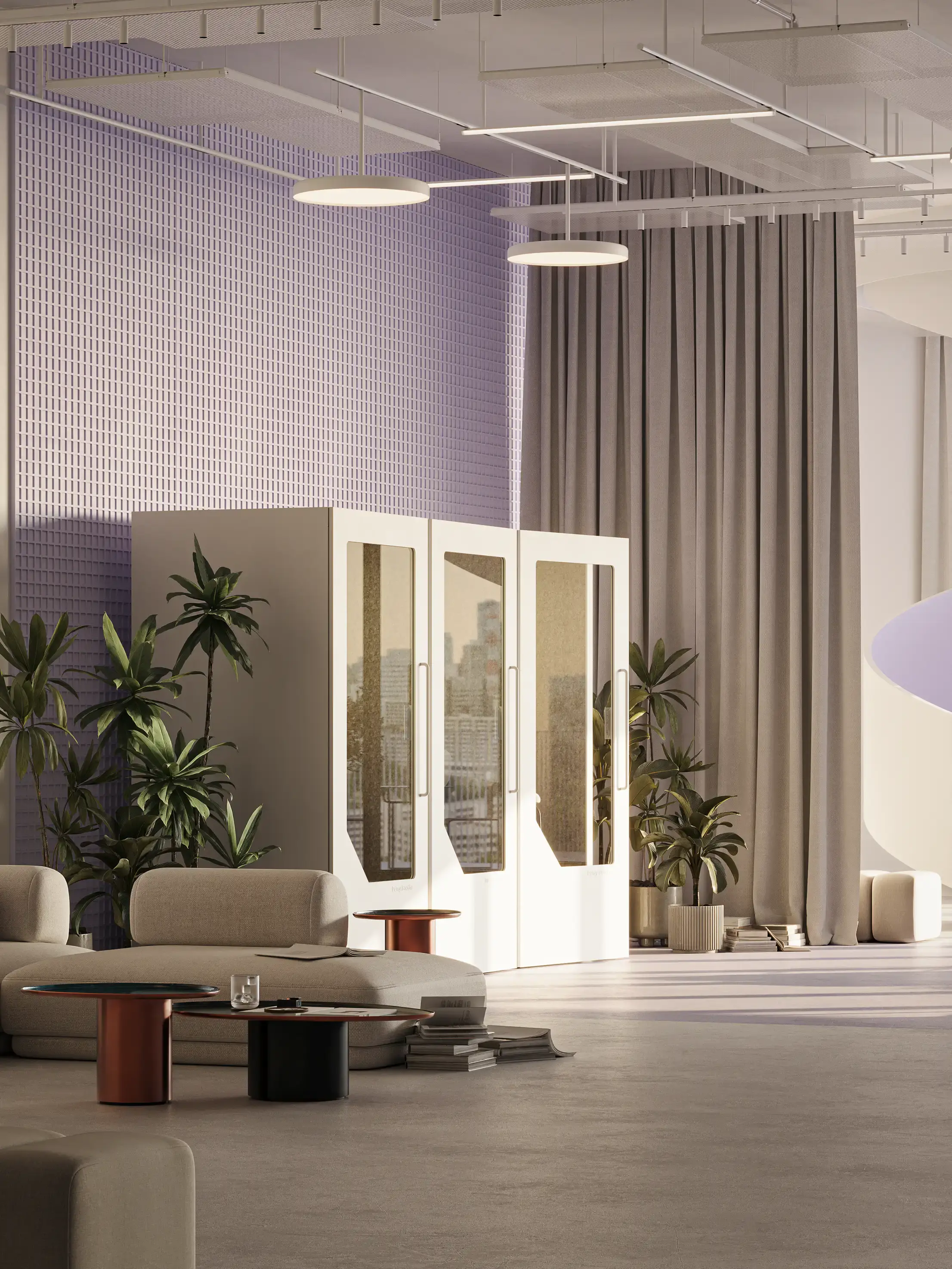Designing an office space is about far more than furniture and floor plans. It’s about creating an environment where employees can focus, collaborate, and feel inspired to do their best work.
A well-designed office reflects your company’s brand identity, improves employee productivity, and enhances overall employee satisfaction. This guide will help you understand how to design an office space that balances aesthetics, comfort, and efficiency — while keeping costs in check and practicality in mind.
Key Takeaways from This Article
- Discover which office layouts best suit your business and workforce.
- Learn the best way to design an office space that promotes productivity, creativity, and collaboration.
- Understand how lighting, furniture, and natural ventilation affect employee satisfaction.
- Explore how flexible, modular design ideas can future-proof your workspace.
- Find out how to manage office noise and maintain focus zones effectively.
- Learn practical cost-saving tips, including buying direct from manufacturers to avoid reseller mark-ups.

Types of Office Layouts
The right layout can have a significant impact on how your office functions day to day. The design process should start with a clear understanding of your employees’ needs, your company culture, and your future growth plans. Below are the most common types of layouts and when to use them.
Traditional Office Layout
A traditional office layout uses separate rooms and solid walls to create private offices for executives and managers. This setup supports tasks that require deep concentration and confidentiality. It’s ideal for professional services and legal firms where privacy and quiet are vital. However, it can reduce collaboration between teams and make the space feel less dynamic.
Open-Plan Layout
Open-plan offices have become synonymous with modern work culture. By removing internal walls, they encourage movement, collaboration, and spontaneous discussion. But this can be a double-edged sword: people can move around, but so can the sound they generate, which can be highly distracting. Investing in soundproof booths like those from Persy Booths can help strike the right balance between openness and privacy.
Activity-Based Layout
This flexible layout divides the workspace into zones for different activities — quiet areas for focus, shared meeting rooms for collaboration, and breakout spaces for rest. Employees can choose the environment that suits their task. This office space design style enhances both productivity and creativity by giving workers autonomy and choice.
Co-Working & Shared Office Layouts
Co-working and shared office spaces are popular among freelancers, and startups. They provide access to amenities such as meeting spaces, office furniture, and high-quality lighting without long-term lease commitments. The social and collaborative atmosphere can be a huge advantage for creative industries and project-based teams. But while the space is shared, business information should stay confidential - which makes private spaces even more important.
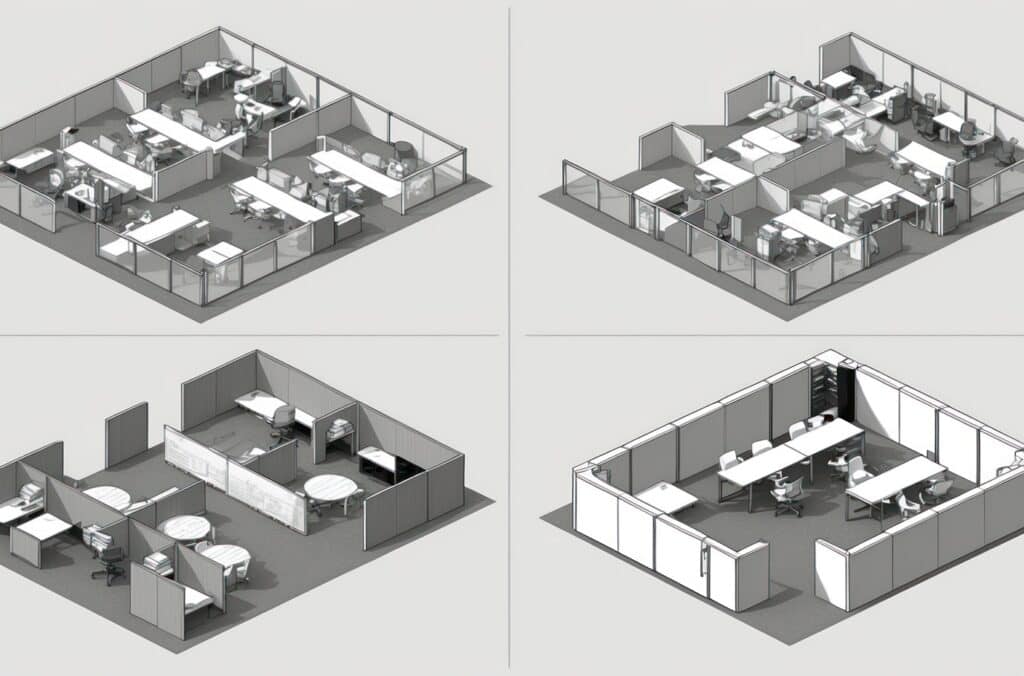
How to Design an Office Space?
The design process isn’t about filling a room with desks and chairs; it’s about understanding how people use the space. Here are five key steps to guide your approach.
Plan with a Purpose
Before you start choosing colours or furniture, define your objectives. Are you trying to boost employee productivity, improve collaboration, or make a better impression on clients? Clarify what you want your office environment to achieve and plan your layout accordingly. This stage helps you allocate your budget wisely and ensures your final design supports your company’s long-term vision.
Maximise Natural Light
Natural light improves mood, enhances focus, and has a measurable effect on employee satisfaction. Position desks near windows where possible, use glass partitions instead of walls, and ensure your lighting system complements natural daylight. A bright, airy workspace also reduces eyestrain and creates a more inviting environment.
Use Modular & Ergonomic Furniture
Investing in ergonomic office chairs, adjustable desks, and modular furniture helps create a functional workspace that can adapt to different needs. Modular systems make it easier to reconfigure your office design as your employees or team structures change. Always prioritise comfort — poor posture can harm both health and productivity.
Integrate Technology for Smart Workflows
Incorporating technology into your office design enhances efficiency. Think smart booking systems, digital whiteboards, and equipment for hybrid meeting rooms. With hybrid working now the norm, tech integration ensures smooth communication between home offices and on-site teams. When planning office space design, always provide good access to power points and charging hubs.
Office Design for Collaboration and Privacy
Balancing open and private spaces is one of the hardest parts of office design. Use furniture placement, acoustic panels, and clever decor to divide areas subtly. Incorporate quiet pods, like the Office Pods from Persy Booths, where individuals can focus without distraction. This combination promotes creativity, collaboration, and focus — the cornerstones of an effective workplace.

Key Factors to Consider When Designing an Office Space
No two businesses are the same. To create an office that truly supports your people and processes, consider these essential factors before you start building or buying.
Size and Shape of the Office
Your layout options depend heavily on the physical characteristics of your office space. Long, narrow rooms may need flexible zoning, while open square areas suit communal layouts. Consider movement and access — employees should be able to move freely without congestion. Always allow enough space for circulation and storage.
Number of Employees
The number of employees determines how much space you need for desks, meeting spaces, and shared facilities. A crowded office can reduce employee productivity and increase stress, whereas a thoughtfully planned environment promotes comfort and flow. Always design to accommodate future growth — an office that feels roomy today might feel cramped tomorrow.
Type of Work Performed
Creative teams may need collaborative meeting rooms and idea boards, while analysts benefit from quieter rooms with minimal noise. Tailor your office design to the type of work being done. For instance, customer service teams benefit from natural ventilation and lighting that supports alertness, while developers may prefer separate rooms with more control over noise and temperature.
Privacy and Focus Zones
Even in open layouts, workers need privacy. Soundproof booths, phone pods, and focus rooms provide places for concentration or confidential calls. The Persy Four meeting pod is an example of a solution that blends comfort and acoustic control, helping to combat the well-documented problem of office noise. Research by the British Safety Council highlights the importance of office design in combatting excessive noise, thus promoting both wellbeing and performance.
Budget and Future Scalability
When planning your office design, consider your budget in both the short and long term. Avoid overspending on high-end office furniture and instead look for durable, modular options that can scale as your company grows. Soundproof pods are a smart long-term investment — but always buy direct from the manufacturer to avoid distributor mark-ups. The right supplier will offer friendly advice, fast delivery, and minimum hassle.
You can also find further insights on the importance of flexible office design in this CIPD report on hybrid working, which confirms that adaptable workspaces improve retention and morale.
Conclusion: Build a Workspace That Works
Designing an office space isn’t just a design exercise — it’s an investment in your employees, your clients, and your business. The best office designs balance creativity and comfort, encourage collaboration, and promote a healthy work-life balance. Whether you’re redesigning a corporate HQ or improving your home office design, remember that flexibility, natural light, and thoughtful layout are key.
When you need to combine privacy and openness, Persy Booths offer the ideal solution. Their range of soundproof meeting rooms and pods allows teams to collaborate freely while maintaining focus — helping every workspace reach its full potential.

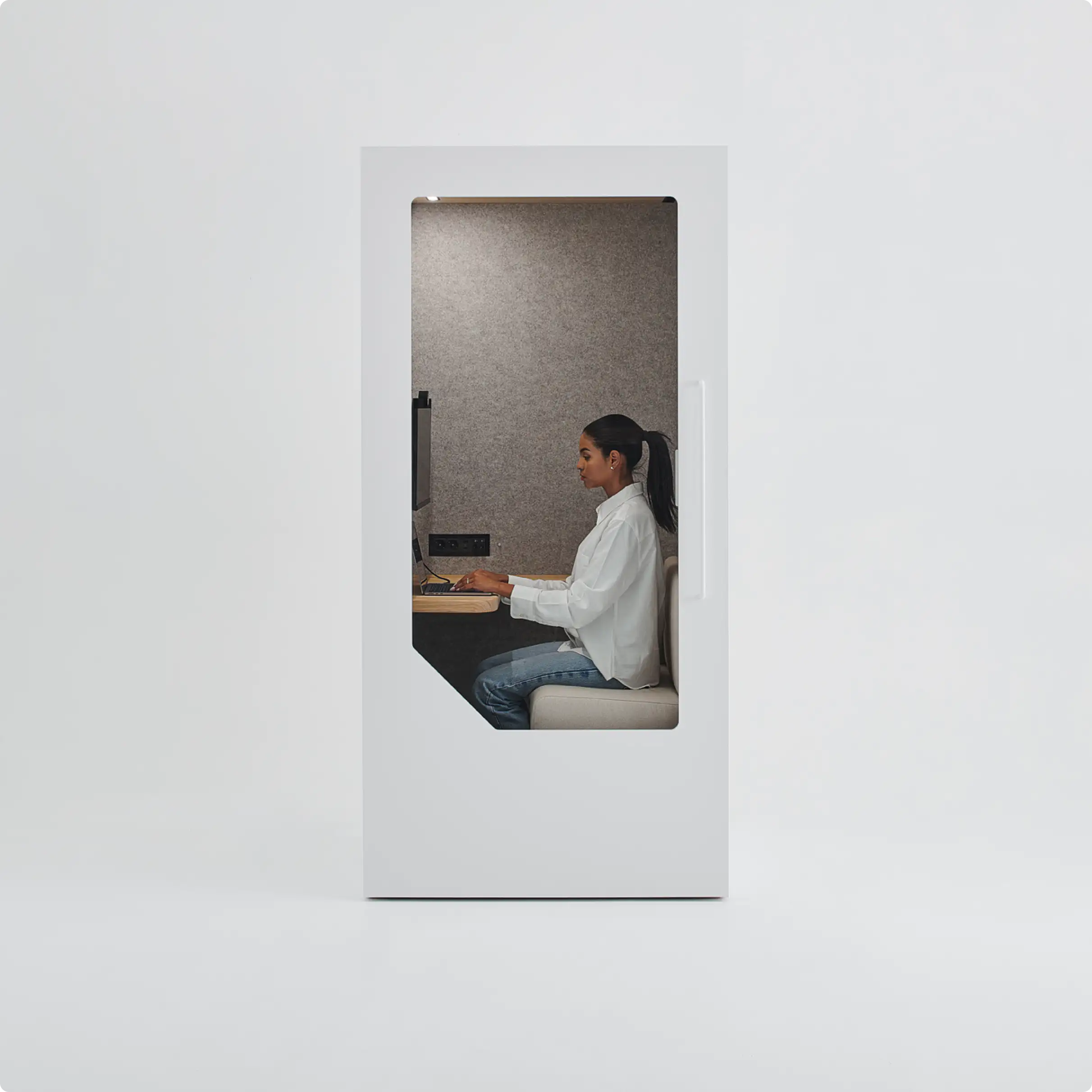
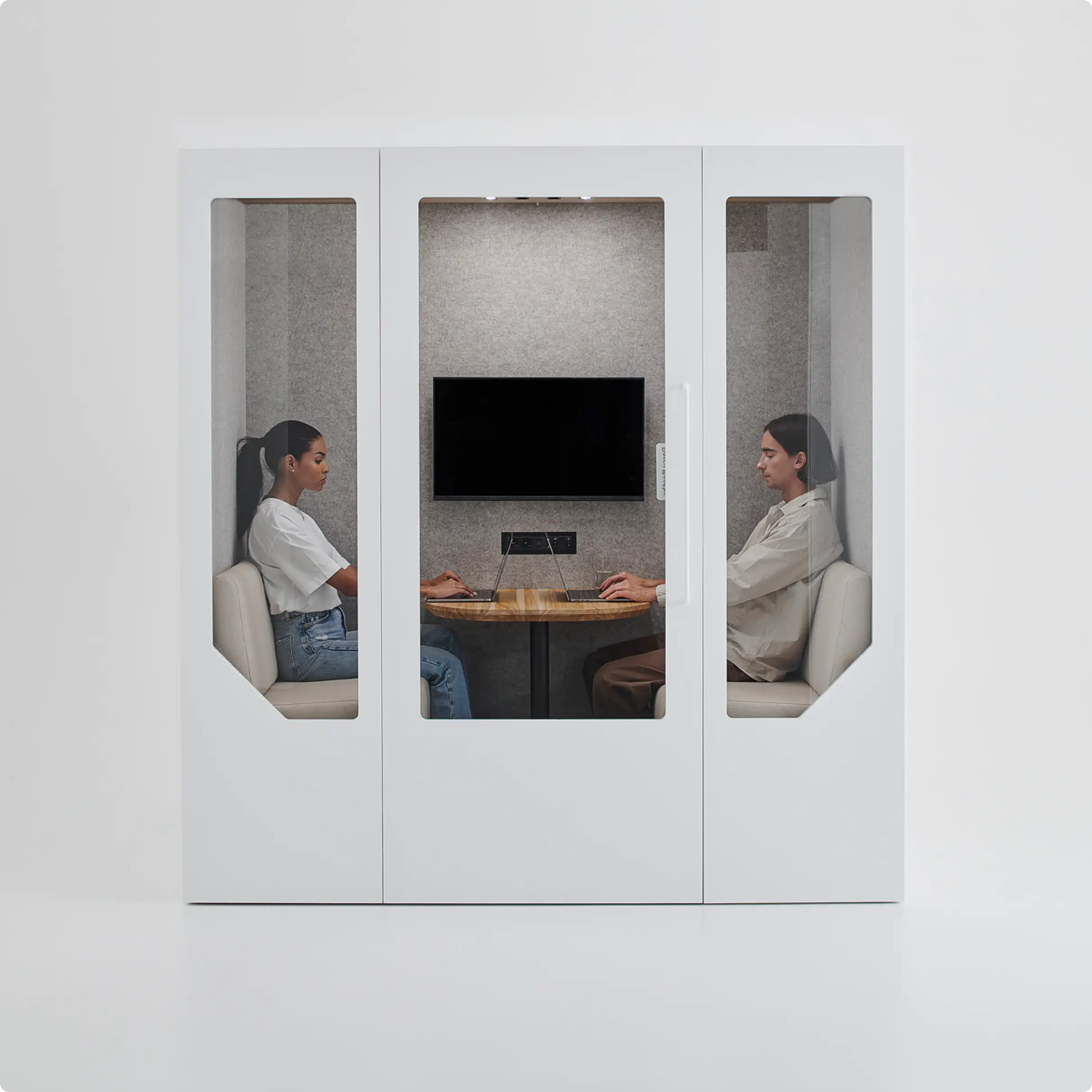
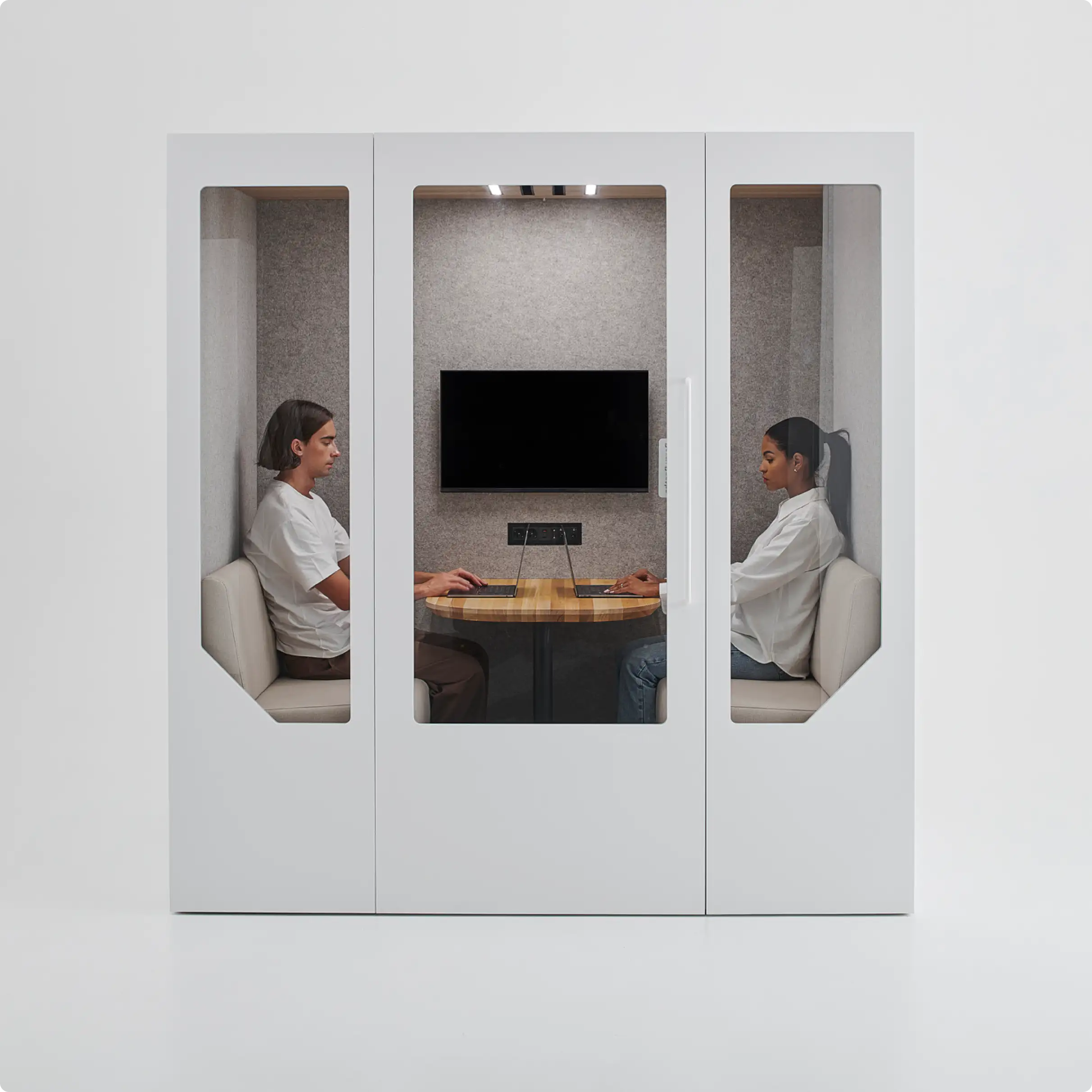



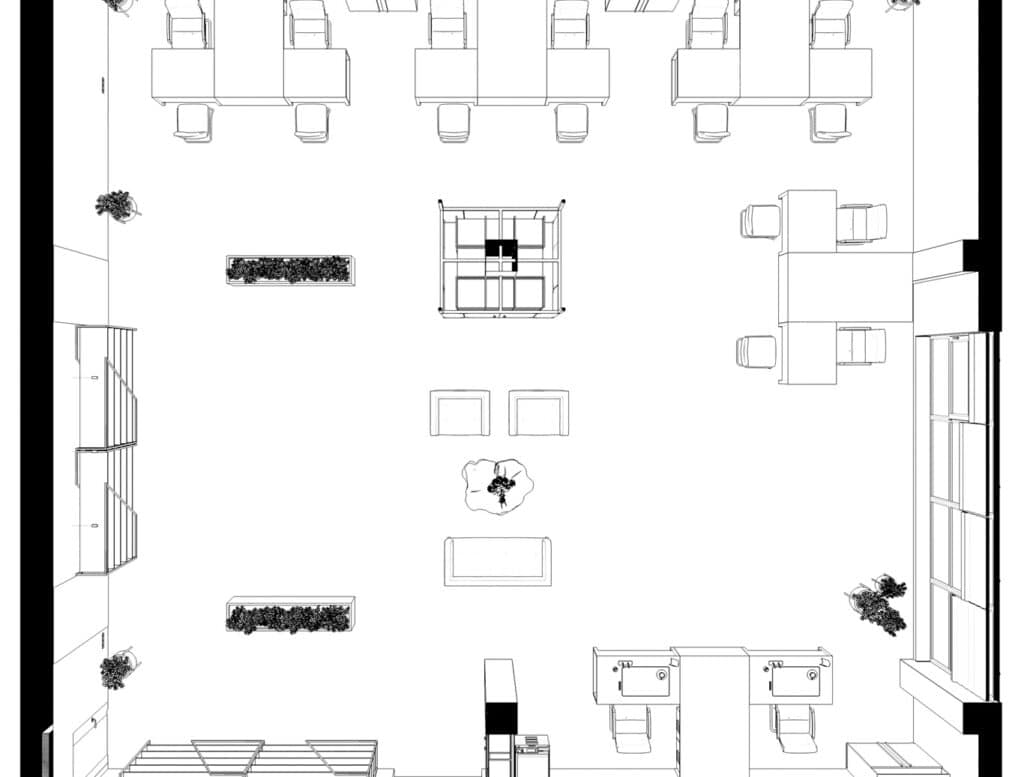
.avif)
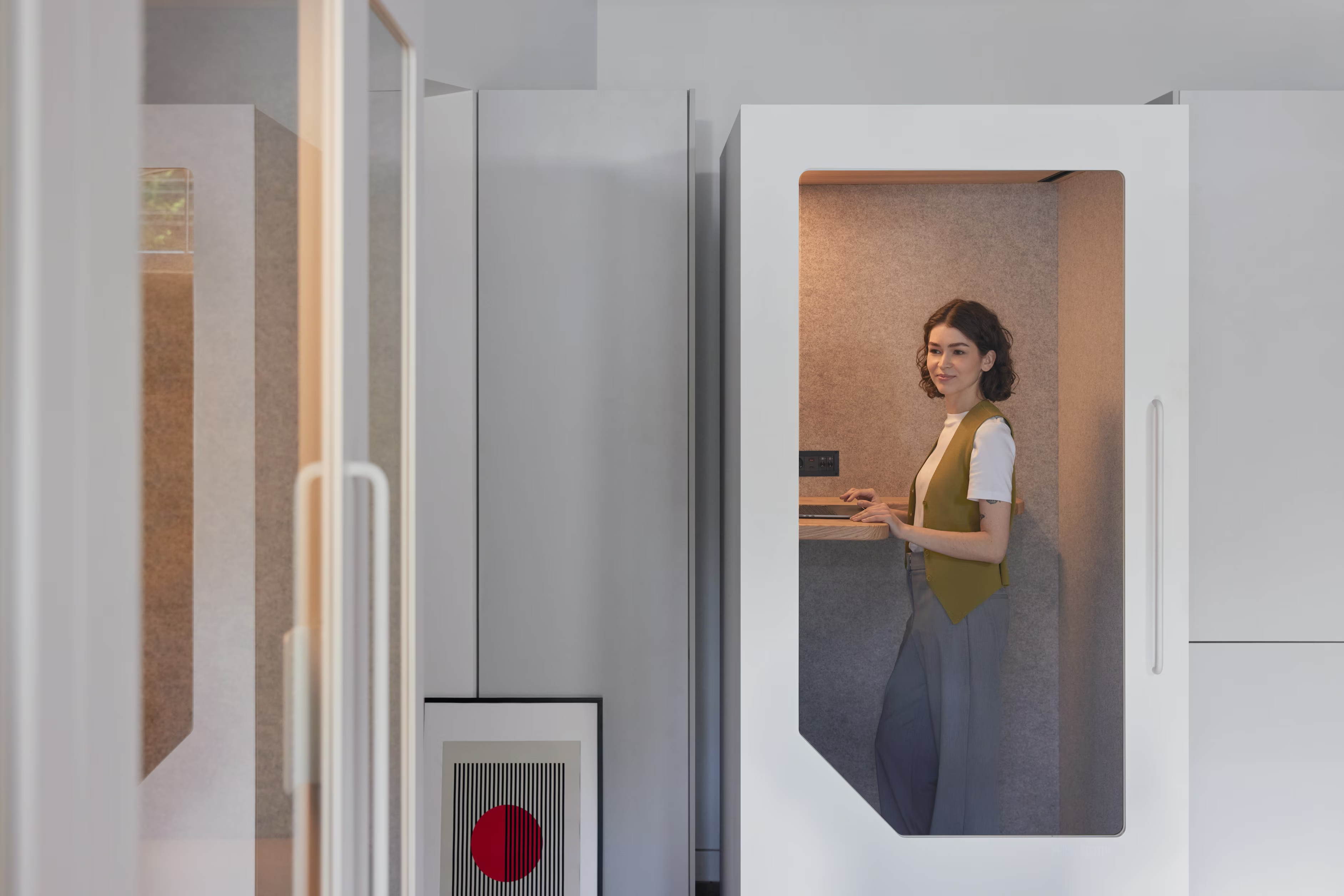
.webp)
.webp)
